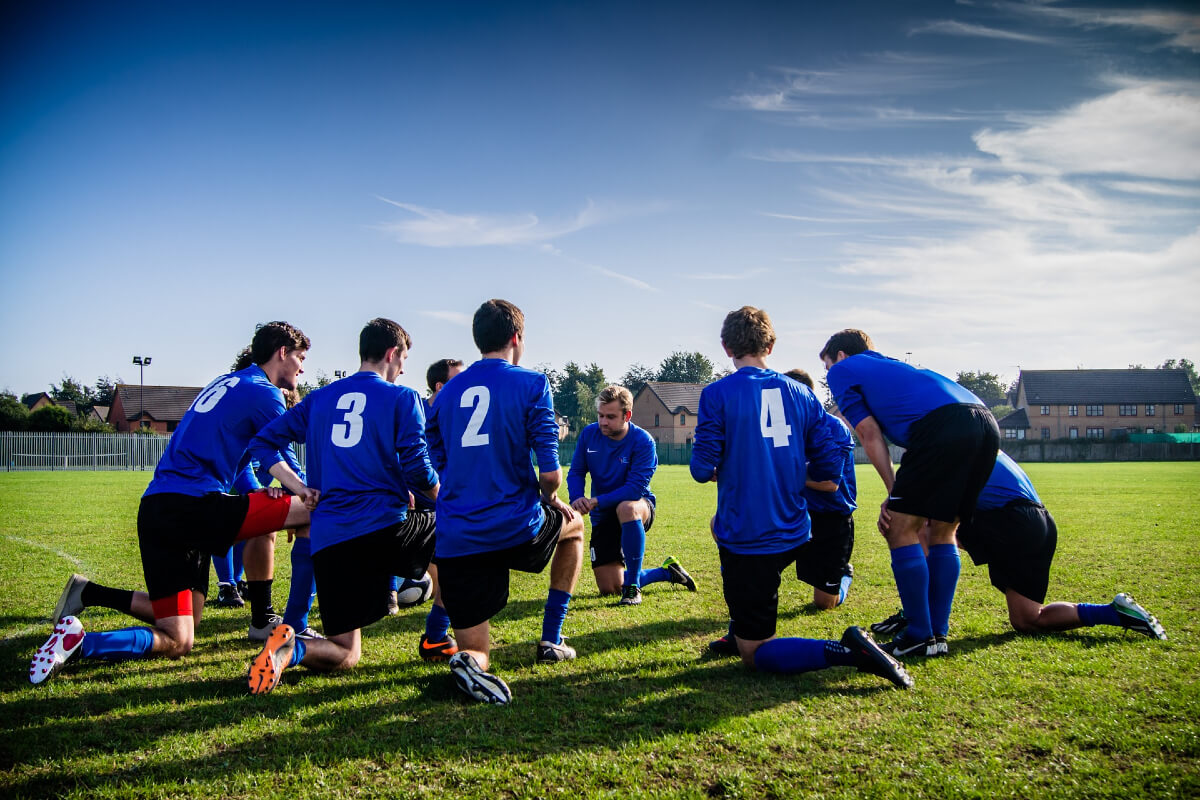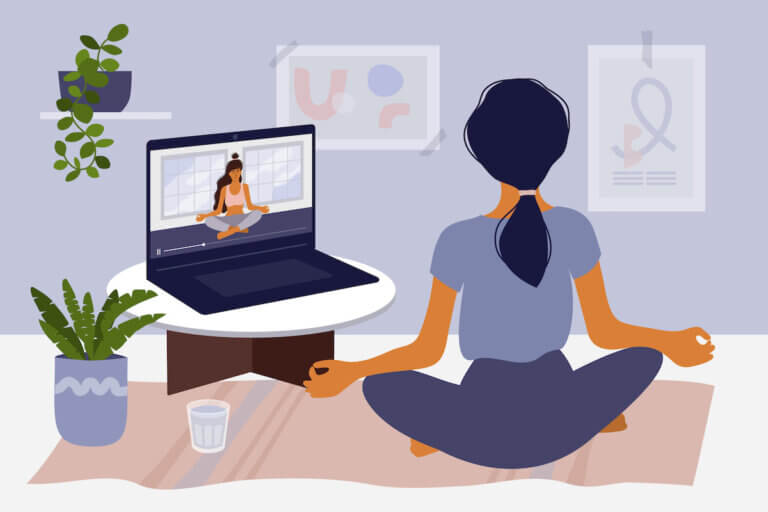2020 — the year the world stopped and everyone’s life was thrown into limbo. Although everyone rightfully focused on frontline workers such as those in healthcare, grocery stores, and delivery people, what has the impact of COVID-19 been on athletes?
Brenley Shapiro, sports psychology and performance consultant, says it hasn’t been easy for them either.
Athletes Forced to Adapt on the Fly Due to COVID
Shapiro is a Toronto-based cognitive-behavioral psychotherapist who has been specializing in sports and performance for the last 15 years. She opened her own clinic in 2007 and has worked with many athletes over the years.
At the beginning of the COVID-19 pandemic, she was impressed by how the sports field found new ways for athletes to maintain their workout routines.
“It’s amazing how people adapt and can be creative,” she says. “So, trainers were trying to stay on top of their athletes for accountability. They were doing workouts over Zoom [for example].”
Stresses of COVID Weighed on Athletes
However, just like everyone else, the stresses of the COVID-19 pandemic began to weigh on athletes too.
“After a prolonged period of time I think it brought out some anxiety,” said Shapiro.
Since they were also staying at home, finding the motivation to work out became a hurdle for many athletes.
“When you are in the gym and have that human connection, after some time without that human contact — or being surrounded by other athletes that you would work out and be within that environment — it’s harder to get up and be motivated so it became an uphill battle,” she says. “The high-level athletes did push through but it was much more difficult.”
Fear of Not Being ‘Game Ready’
Athletes have to stick to a specific routine to be “game ready” and being out of that routine was an ongoing challenge.
She describes how many athletes were feeling a sense of anxiety and fear about being able to maintain their stamina for once things did reopen.
Related Articles
To help keep a sense of structure, Shapiro worked with her athletes to create a template of what they wanted to accomplish for that upcoming week.
“It was about learning how to set your own goals and challenges without that structure,” she says. “Without it, it created a lack of motivation and anxiety. I found it helped them when we set intentions for the week and gave them a structure.”
The Pressure Continues With Athletes Back in the Game
Now that athletes are back on the court, field, and ice, there is a bit of anxiety after having all this time off.
“The two keywords that tell me how someone is going to manage this position is their perspective and intention,” Shapiro says. “How they adapted — and where they are mentally — is going to make a big difference in terms of how they move through that.”
Shapiro noticed this happened more in athletes who were in their contract year: “They felt a tremendous amount more pressure. They have less time to prove themselves. They didn’t give themselves allowance to have an off game so it would add more pressure. So, they were tighter and nervous and it moved them away from playing their game because they were nervous about a contract in a shortened season.”
Focusing on Mental Game is Critical for Athletes
Due to the pressure that is always surrounding athletes, Shapiro recommends focusing on the mental aspect of the sport. She says the mind leads the body, so athletes need to get ahold of their anxiety and fear.
“[Your] mental game is a great thing to train because progress is a powerful motivator and when you do that you feel like you are making progress and you’re getting support for whatever you are going through,” she says.
Even though athletes are put on a pedestal, Shapiro wants everyone to remember they are human. She encourages coaching staff and trainers to check in with them from time to time to see how they’re dealing with the pressure.
“Take a moment to check in and see how they are genuinely doing,” said Shapiro. “Just take a moment to pause and have a forum where they can say, ‘I am struggling right now.’ Having a safe place to talk is important.”
Lead Photo: The last year has not been easy for pro athletes when it comes to ensuring they’re game-ready | Photo courtesy Brenley Shapiro







